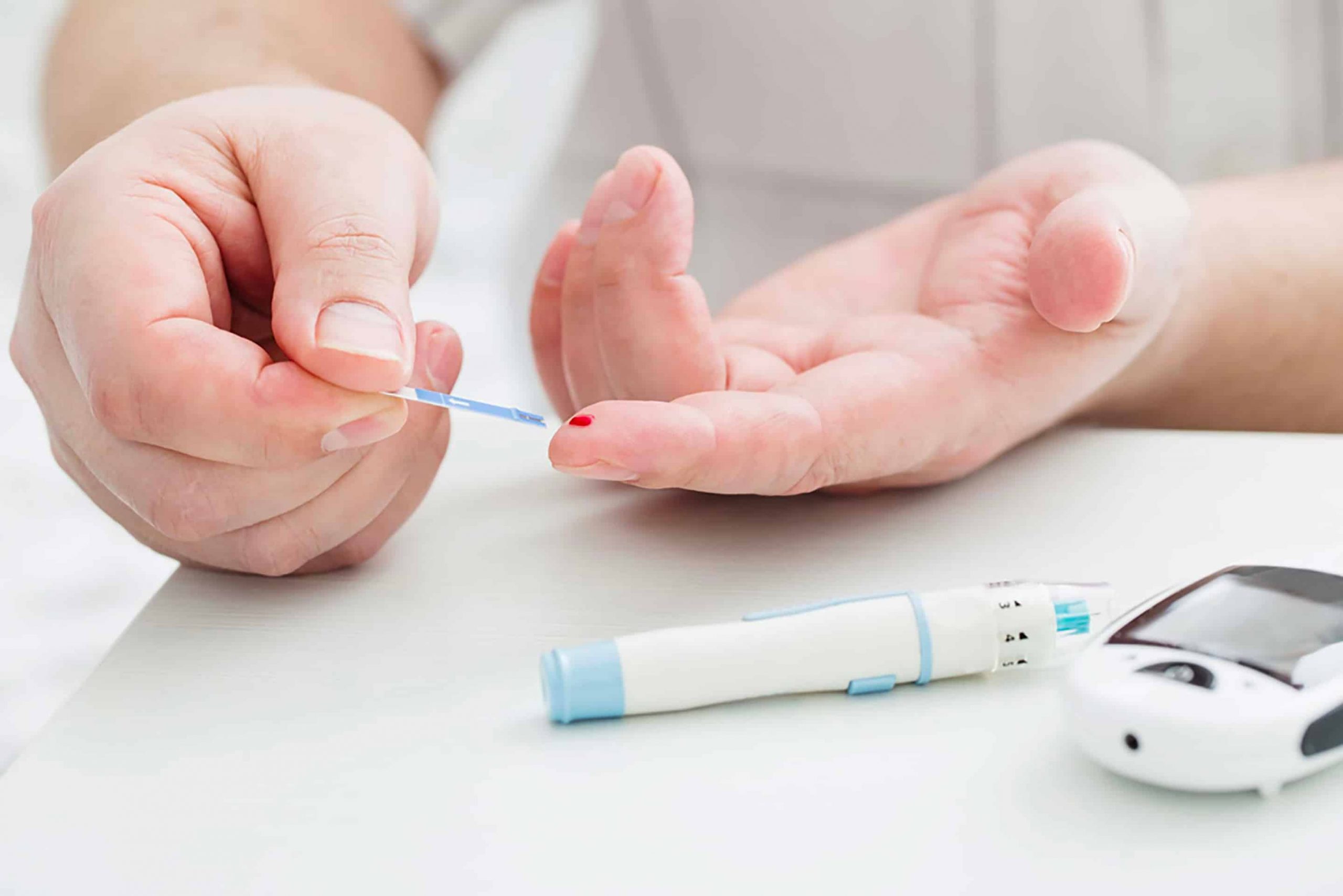Pancoast tumors form at the very top part of any lung. Pancoast tumors are a subset of non-small cellular lung cancers that open the top of the lungs. Due to their location, they spread to adjoining tissues. Pancoast tumors create an unusual patch of tissue over the lung apex and ordinarily involve the body chest wall structures instead of the underlying lung tissue. They might invade spots like lymph nodes, nerves, ribs, and spine. Pancoast tumors refer to where the cancer is found within the lung space. Whilst most cancers grow lower down in the lungs, Pancoast tumors develop at the very top of either lung.
Pancoast tumors are lung cancers that commence on top of the right or left lung and infect the chest wall structures. Also, they are called superior sulcus tumors. Pancoast tumors usually accompany with unique symptoms known as “Pancoast syndrome,” which involves pain in the shoulder and the within the arm and hand. Pancoast tumors have resulted in between 3 and 5 percentage of lung cancers and vary from other types of lung cancer in many crucial ways. Pancoast tumors are a kind of lung cancer that could be missed for a brief time both due to the difficulties seeing these tumors on x-ray studies and due to their unusual signs and symptoms.
Topics Covered
Early Signs and Symptoms of Pancoast Tumor
The signs and symptoms of Pancoast syndrome vary from the signs and symptoms that come with cancer in other parts of the lung. The fact is Pancoast tumors hardly ever result in the coughing or breathing difficulties which are typically correlated with lung cancer. An older man with painful shoulder Signs and symptoms of Pancoast tumor might include weakness of the hands and pain in the shoulder and shoulder blade. Therefore, along with general cancer signs and symptoms, like fatigue and weight loss, the Pancoast tumor might cause pressure on nerves in the upper body, neck, face, and arms. This pressure can lead to certain signs and symptoms such as:
- Pain in shoulder
- Pain in shoulder blades
- Pain in the arm near elbows
- Pain in arm
- Weakness in hands
- Tingling in hands or fingers
- Pain in fingers
The pain associated with Pancoast tumor can be severe and constant with wasting away or shrinking of the arm may also occur.
Causes of Pancoast Tumor
The causes for all the lung cancers are usually similar. Following are the causes of Pancoast tumor:
- Smoking
- Secondhand exposure to smoking
- Radon exposure to smoking
- Prolonged asbestos exposure to smoking
- Exposure to elements of industries such as gold, nickel, etc.
Pancoast Tumor Diagnosis
Diagnosis of Pancoast tumors may be delayed due to signs and symptoms are not similar to lung cancer. Generally, people consult a neurologist or orthopedic surgeon before consulting an oncologist.
Pancoast Tumors can be Diagnosed by:
X-Rays: this might show abnormal tissues on top of the lung, and can show if the tumor has invaded the ribs or vertebral segments. However, from the beginning, Pancoast tumors are hard to notice on an X-ray film because of shadowing.
CT Scan: This could reveal if the tumor has come into the chest wall, spine, blood vessels, nerves, windpipe, food pipe, or area between the lungs.
MRI: An MRI is usually more correct than a CT scan at exposing the extent to which a tumor has invaded other structures. This is commonly used along with a CT scan, as the CT might be more efficient at examining the area between the lungs.
Bronchoscopy: This evaluation checks the airways of the lung.
Tissue biopsy: This includes removing several of the tumor cells for examination. The process may be an open chest biopsy or may be done making use of a needle through the skin.
Other Tests: These types of may be recommended to check out the spread of cancer to other areas of the body, for example, the brain or your bones. Illustrations include an MRI of the brain, bone scans, PET scans, and a mediastinoscopy to verify the area between the lungs.
Some combination of X-ray, scan, and biopsy is normally conducted to confirm tumor medical diagnosis and to effectively determine the phase of the Pancoast tumor.
Pancoast Tumor Treatment
Treating a Pancoast tumor depends upon the health and well-being of the person that has it, the size of the tumor, along with the areas it affects. Treatment could attempt to reduce signs and symptoms or to remove cancer.
The Primary Treatments Given Are:
- chemotherapy
- radiation therapy
- surgery
The most efficient approach is normally one which brings together three treatments. For example, individuals with early Pancoast syndrome that are in general good health with limited tumor development might receive a combination of radiation and chemotherapy, followed by surgery and postoperative chemotherapy.
Additional Treatments that could be given include:
Targeted Therapies: in certain cases, treatments can be found that selectively target cancer cell activity. This will cause less damage to healthy cells, and people that have this kind of therapy usually encounter fewer side-effects.
Symptom Relief: Pain medicines can help manage signs and symptoms, while steroids could be recommended to lessen nerve pressure.
Pancoast Tumor Life Expectancy and Pancoast Tumor Survival Rate:
Considerable improvement in staying alive from Pancoast tumors was attained in the past few decades. Generally, Pancoast tumors possess a better forecast than tumors that are found more centrally in the lungs, as well as the survival rate, could be better than other cancers at the same phase. The 2-year survival rate was noticed to be between 55 %and 70%-significantly higher than various other lung cancers, and of people having Pancoast tumors that can be treated with, the 5-year survival rate was between 50 and 77 %. It is necessary to notice that these survival rates might be higher now, because of newer specifically targeted therapies, as well as immunotherapy drugs, were approved as these studies were accomplished.
Pancoast Tumor Stories
Today I was diagnosed with Pancoast Tumor. I have left shoulder blade cramps with pain deep under my shoulder blade. I had never had these types of symptoms with my neck though. I read that in some cases, people show up for ortho or neuro consult and find out. In an MRI for my neck, the tumor showed. ACT with contrast today verified what was picked up in the MRI. I am waiting for a Biopsy. -Michelle T
My signs and symptoms were a pain in the shoulder blade that shot straight through to my chest. I had pain running down the inside of my arm and numbness in the arm and hand. I was diagnosed in 2003 and was stage 4 inoperable. I underwent chemo and radiation and the last month I had radiation twice a day. I am in my 7th year and my symptoms are returning the same way they started. -Rosa H.
I’m regretful if you are experiencing the type of shoulder and arm pain that is associated with a Pancoast tumor. I have not been afflicted with such a tumor, so I can’t describe symptoms from a first-person perspective, but I will try to offer some insights. The type of shoulder/arm pain produced by a Pancoast tumor is much more likely to be caused by other ailments. This is especially true for younger patients (certain patients in their 20s and 30s) and persons without a significant smoking history. -Brenda J. Rudder
I am 39 years old and I am a former 1 pack-day/21-year smoker. I’ve been experiencing off and on left scapula tingling/numbness/pain for several years. Recently, I’ve been getting an ache-like pain in my shoulder, elbow, wrist and middle/ring fingers. These sensations have been so bad I’ve gone to the ER three times over the past 4 years due to thinking it was a heart issue (My identical twin brother had a heart attack at age 31 and my dad died at 57). During my June 2015 ER visit; I had an emergency CT performed due to blood test results (flagged for a blood clot in the lungs). Per the CT results and a visit to a pulmonologist, I have mild emphysema and non‐specific cystic latencies at the left upper lobe. PFT all came back within normal ranges. I tried to ask the pulmonologist about this pain and he essentially brushed me off. -Maudie D. Garcia
Related Other Posts:
- Festinating Gait – Don’t Let it Ruin your Life
- Is the Stockholm Syndrome Real? Know Everything About It
- Foamy Urine – Should You be Worried?
- Bartonella Rash – Causes, Symptoms, Treatment and Prevention
- Mollescum Contagiosum: Causes, Symptoms, Treatment
- Explosive Diarrhea: A Complete Guide to Understanding





